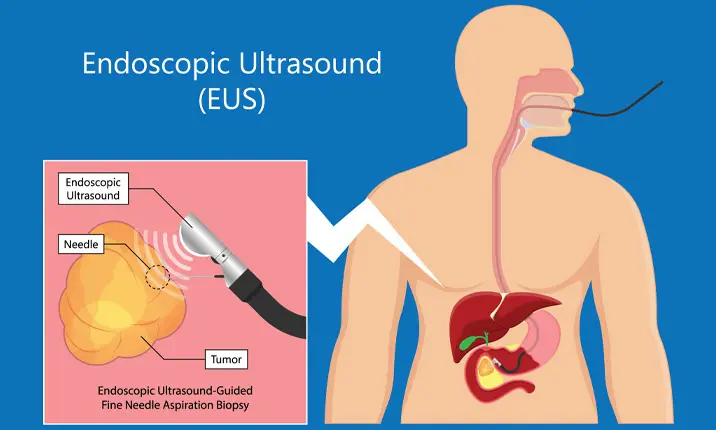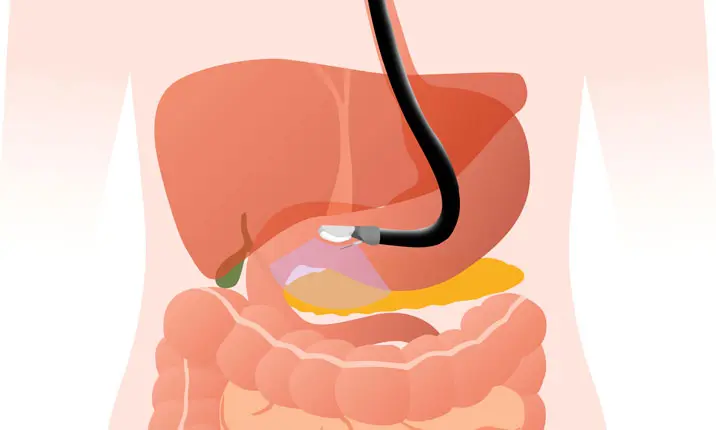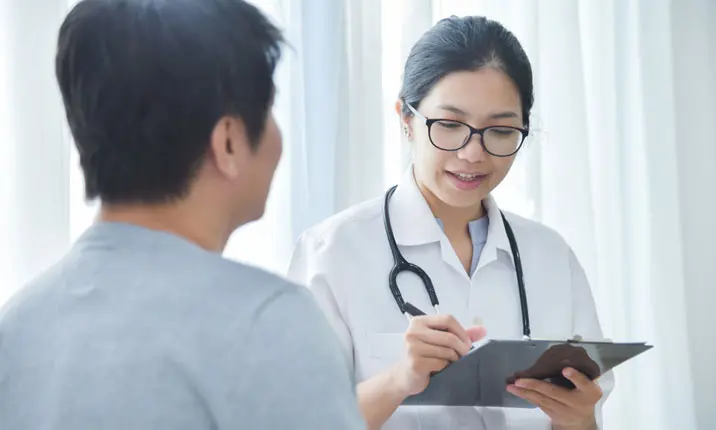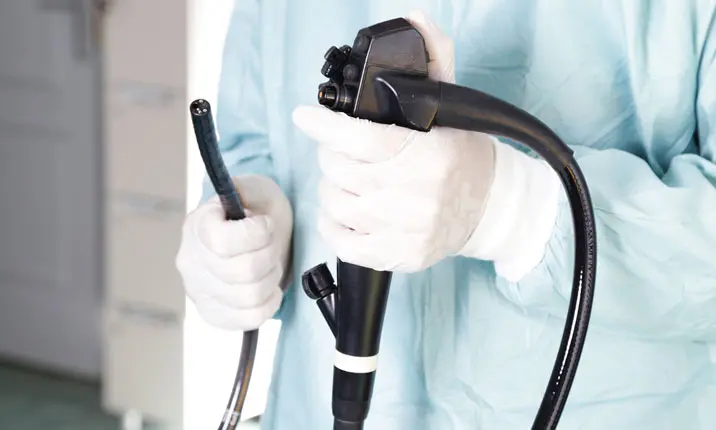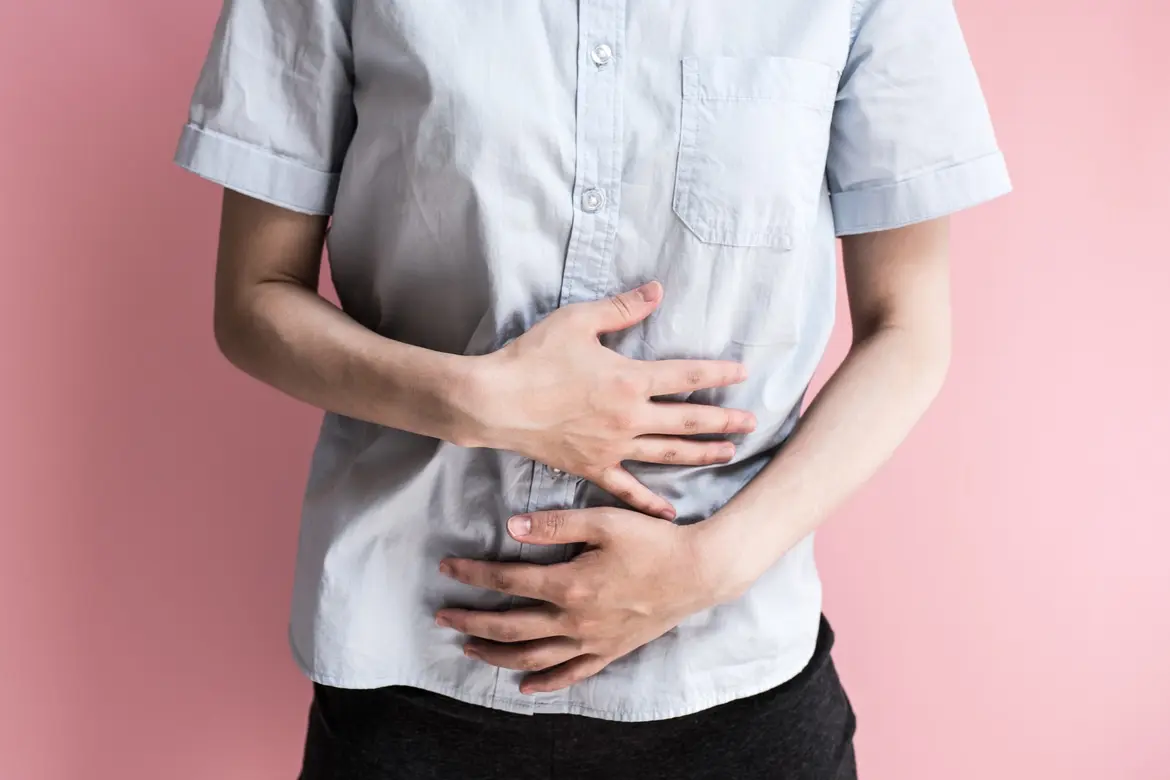What is EUS?
Endoscopic ultrasound (EUS) is a minimally invasive procedure used to evaluate diseases in the abdomen and chest cavity. The EUS is a slim and flexible tube with a video camera and a scanning probe mounted at its end. It is inserted through your mouth or anus, and from there into your digestive tract where it uses high frequency ultrasound waves to create a detailed image of your internal organ's linings and walls.
EUS enables your doctor to take a sample of fluid and tissue from your abdomen or chest through a procedure called fine needle aspiration. A needle obtains cells from the area of interest for analysis by a pathologist. This procedure is the preferred alternative to an open exploratory surgery, if the area of interest is accessible endoscopically.
Why do you need to go for EUS?
EUS can determine the cause of symptoms such as abdominal pain. It is used to examine the bile duct for gallstones, pancreas and abnormal growths within the central chest and upper abdomen. Tissue can be obtained from enlarged lymph nodes and suspected tumours in the digestive tract and pancreas.
Your doctor is able to view your digestive organs in high resolution during an EUS examination, as its images are magnified. As EUS is performed within your body, its ultrasound waves can penetrate deeper than an ultrasound examination that is conducted from the surface of your body.
EUS is useful in the diagnosis of diseases such as:
- Bile duct stones
- Cancers of the digestive system
- Pancreatic cysts and tumours
- Abnormal growths in the stomach, oesophagus, rectum (submucosal tumours, sub-epithelial lesions)
- Lymphoma and enlarged lymph nodes in the abdomen and chest.
With the therapeutic capabilities of EUS, some treatments can be performed without making an incision. These treatments are:
- Drainage of pancreatic cysts
- Aspiration of fluid-filled collections in the abdomen
- Applying nerve blocks for the treatment of pain from pancreatic disease
- Treating the bleeding from a ruptured vessel in the digestive tract
Is EUS a painful procedure?
No. You will be given light sedation, so that you will not experience any discomfort during your procedure. As EUS is performed inside your digestive tract and there is no injury to your skin, you are not expected to experience pain.
If fine needle aspiration is performed, you may feel a little sore after it is completed. This sensation usually resolves within a day or two.
How to prepare for EUS
Some of these instructions will be given to you before the EUS procedure:
- Your stomach must be empty. You are required to fast 6 hours before the EUS examination for your digestive tract to be ready.
- If you are undergoing EUS from the rectum, you may be given a laxative to drink in order to clear your bowels.
- If your doctor is performing EUS with fine needle aspiration, you may need to stop your blood thinning medicines for a few days before the procedure.
- Plan your recovery ahead of time. Make arrangements for someone to accompany you home after the EUS procedure. You should refrain from driving immediately after discharge. Medical leave will be given for 1 – 2 days.
How is EUS performed?
EUS is often performed as a day procedure. This means that you can go home on the same day, approximately 2 hours after it is completed.
You will be sedated prior to the procedure. This allows you to relax and fall asleep while EUS is being performed.
After you are sedated, your doctor will insert the EUS into your mouth or rectum and observe your digestive tract or area of interest on an LCD screen and ultrasound monitor.
For fine needle aspiration, your doctor will insert a special device through the channel of the EUS. This device emerges from the tip of the endoscope into your digestive system.
A slender needle from the device will target the abnormal area to obtain cells or fluid for analysis. The cells will be mounted on glass slides, examined under a microscope, and sent to the pathologist.
The endoscope is withdrawn at the end of the procedure, and you will wake up shortly after. The entire procedure takes about 40 minutes.
What kind of doctor can perform EUS?
An EUS procedure requires a high degree of skill and expertise and can only be performed by specialists who are trained in this advanced technique. The EUS procedure requires sub-speciality training in advanced endoscopy techniques and advanced endoscopic equipment. Only specialists who have undergone training in EUS are able to interpret the ultrasound images.
If you undergo fine needle aspiration, the cells are sent to a pathologist who will publish a report on the abnormalities identified. Your doctor will refer to this report and inform you of your diagnosis and how to better treat your condition.
What are the risks of EUS?
EUS is a safe procedure when conducted in a medical centre with a team of experienced healthcare professionals. Your doctor will go through the risks with you before the procedure. A 'Fine Needle Aspiration' procedure confers a slightly higher risk than the EUS procedure alone.
In general, the risks are small (1 – 2% for Fine Needle Aspiration procedure and less than 1% for EUS procedure) and they include:
- Bleeding
- Adverse reactions to the sedation administered
- Infection or inflammation around the area of needle puncture
- Injury to the lining of the digestive tract
The risks of EUS are considered to be low because it is a minimally invasive procedure.
In the unlikely event that you experience a fever, chest pain or shortness of breath, you should see a doctor immediately. Other serious symptoms that warrant medical attention are severe or persistent pain in your abdomen, or having black or dark-coloured stool.
What kind of results can I expect?
There are 2 results to review. First, a gastroenterologist (specialist in digestive diseases) or pulmonologist (specialist in lung disease) who is specially trained in EUS will review the images taken during the procedure. Second, a pathologist will produce an analysis based on the specimens that were taken during the biopsy or fine needle aspiration.
Your doctor will discuss these results with you, together with any next steps that may be required.


